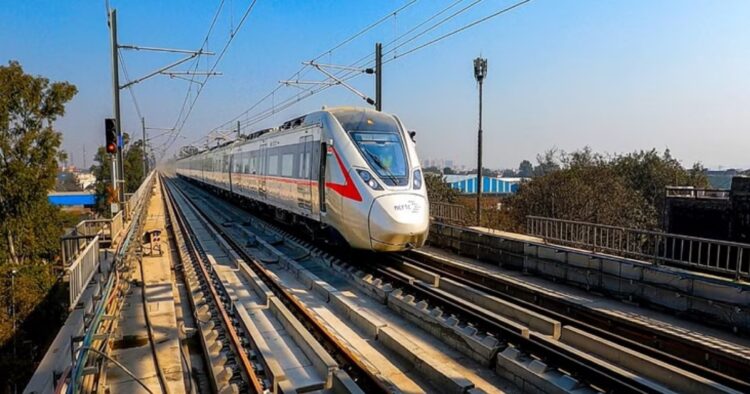In an anticipated move, Union Finance Minister Nirmala Sitharaman is set to unveil significant budgetary allocations aimed at transforming urban infrastructure across India. Scheduled for July 23, the budget is expected to include ambitious proposals such as expanding metro rail networks to over 10 cities and introducing 100,000 electric intra-city buses.
According to sources from the Ministry of Housing and Urban Affairs (MoHUA), the government aims to rapidly expand the country’s metro network to 2,000 kilometers.
Currently, under the Prime Minister’s e-Bus Seva scheme, 10,000 buses are deployed across 100 tier-II cities lacking formal public transport systems. This scheme could see a multifold increase in funding, potentially covering more cities.
ALSO READ: “Budget 2024: Key Income Tax Changes Expected from FM Sitharaman, Says BankBazaar”
In addition, the proposal includes creating 10,000 kilometers of pedestrian paths within urban areas to enhance walkability, a move aimed at promoting healthier and more sustainable urban living.
Unified Metropolitan Transport Authority and Housing Boost
Another key initiative expected in the budget is the formation of Unified Metropolitan Transport Authorities (UMTAs) in cities, as per the National Urban Transport Policy 2006. These authorities will coordinate transport planning at city, state, and national levels and will be supported financially through an Urban Transport Fund.
In the realm of housing, the budget is likely to provide a boost to the Pradhan Mantri Awas Yojana (PMAY), with a focus on urban housing and national urban livelihood missions. Following the success of PMAY, which aims to construct 30 million houses including those in rural areas, a new interest subvention scheme is expected to be announced. This scheme aims to support middle-class homebuyers and builders, filling the void left by the discontinued Credit Linked Subsidy Scheme (CLSS).
Social Welfare and Inclusive Growth Measures
In a bid to enhance social security, the government plans to double the revolving credit provided to self-help groups (SHGs) to Rs. 20,000. Moreover, the scope of vulnerable groups benefiting from welfare schemes is likely to expand. This includes gig workers, informal domestic helpers, transport workers, and porters, who may soon be integrated into various welfare initiatives run by different ministries.
These initiatives are part of the government’s broader strategy to bolster urban infrastructure, promote inclusive growth, and enhance the quality of life in cities across India.

















Comments